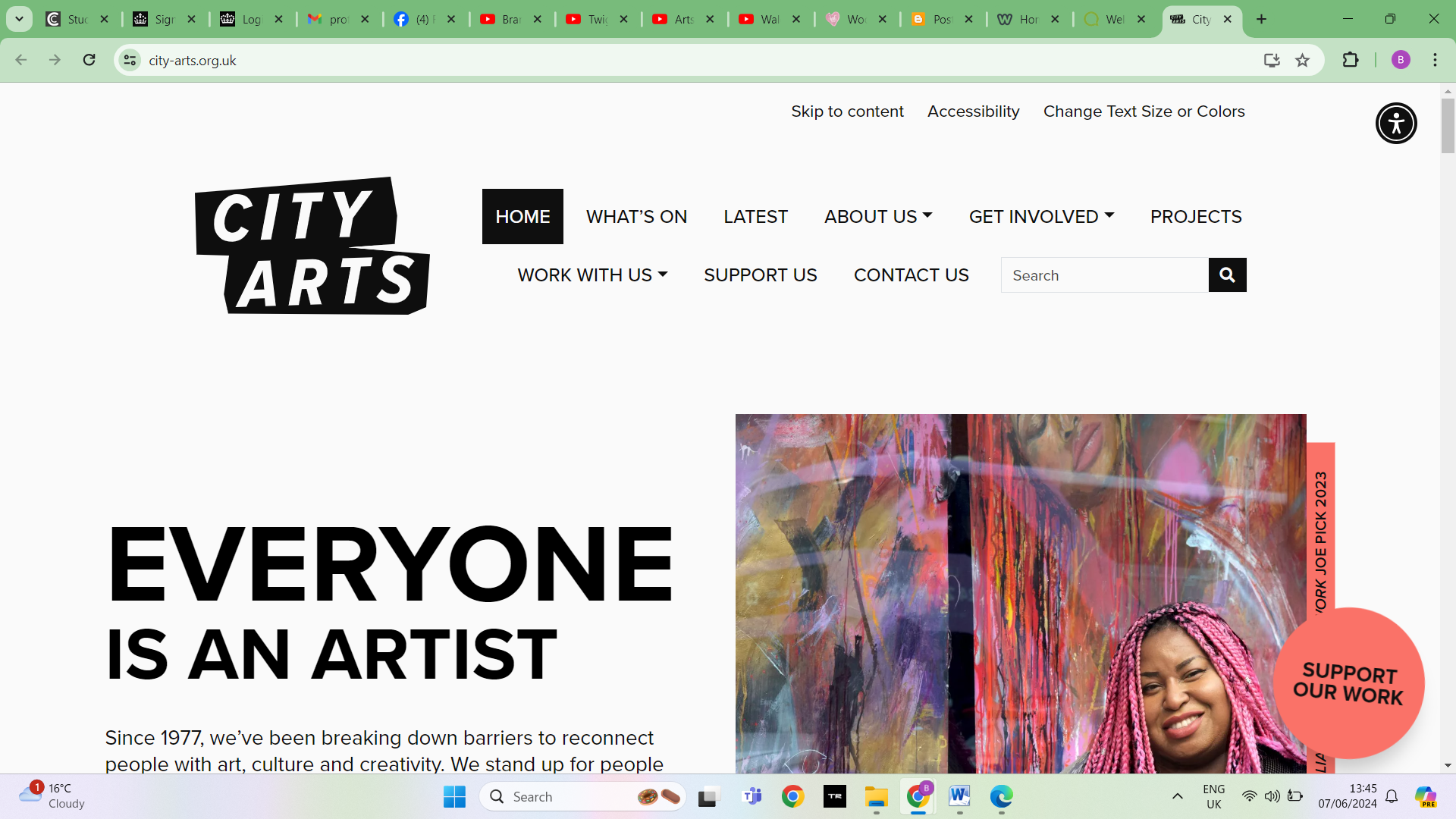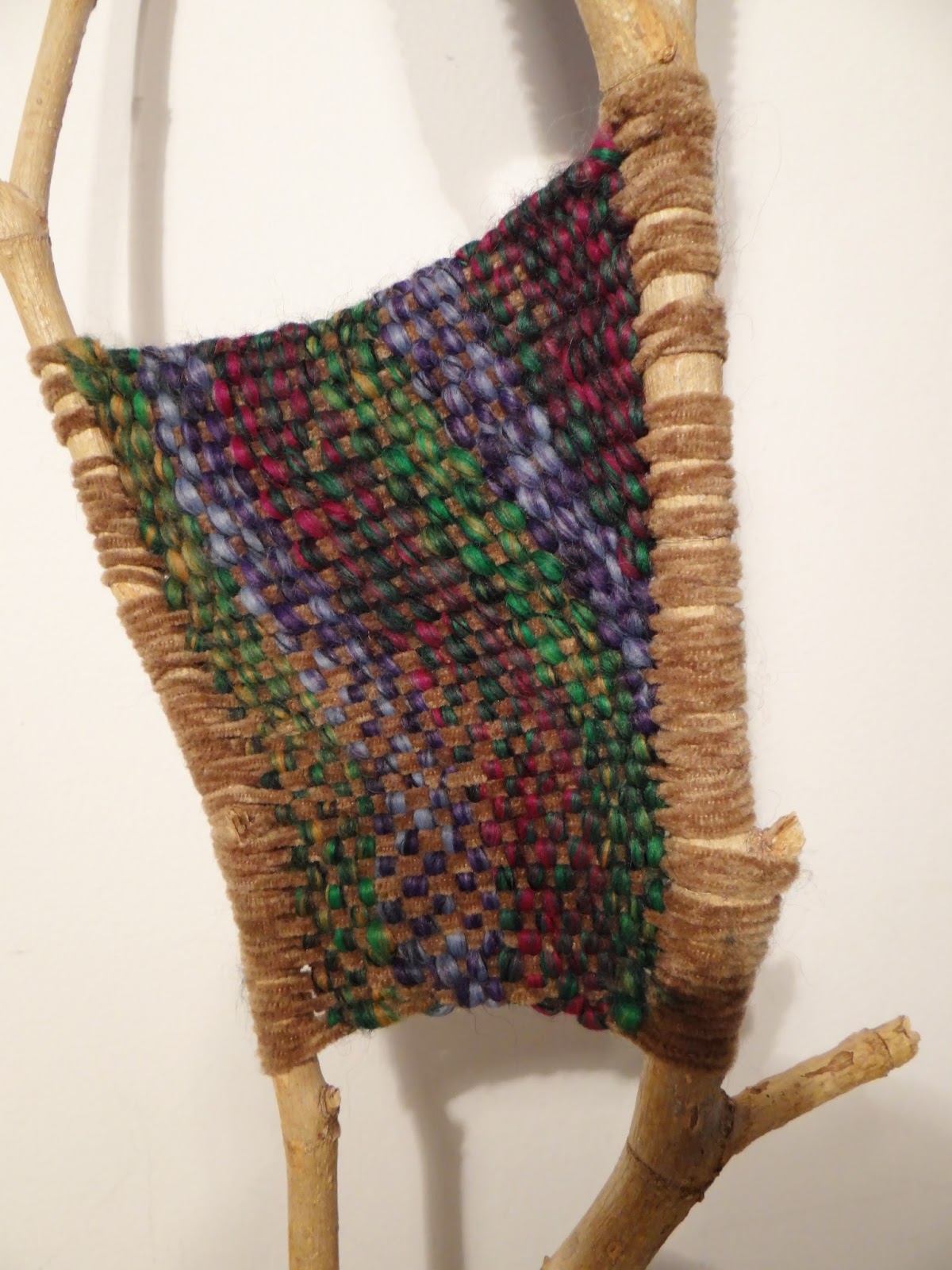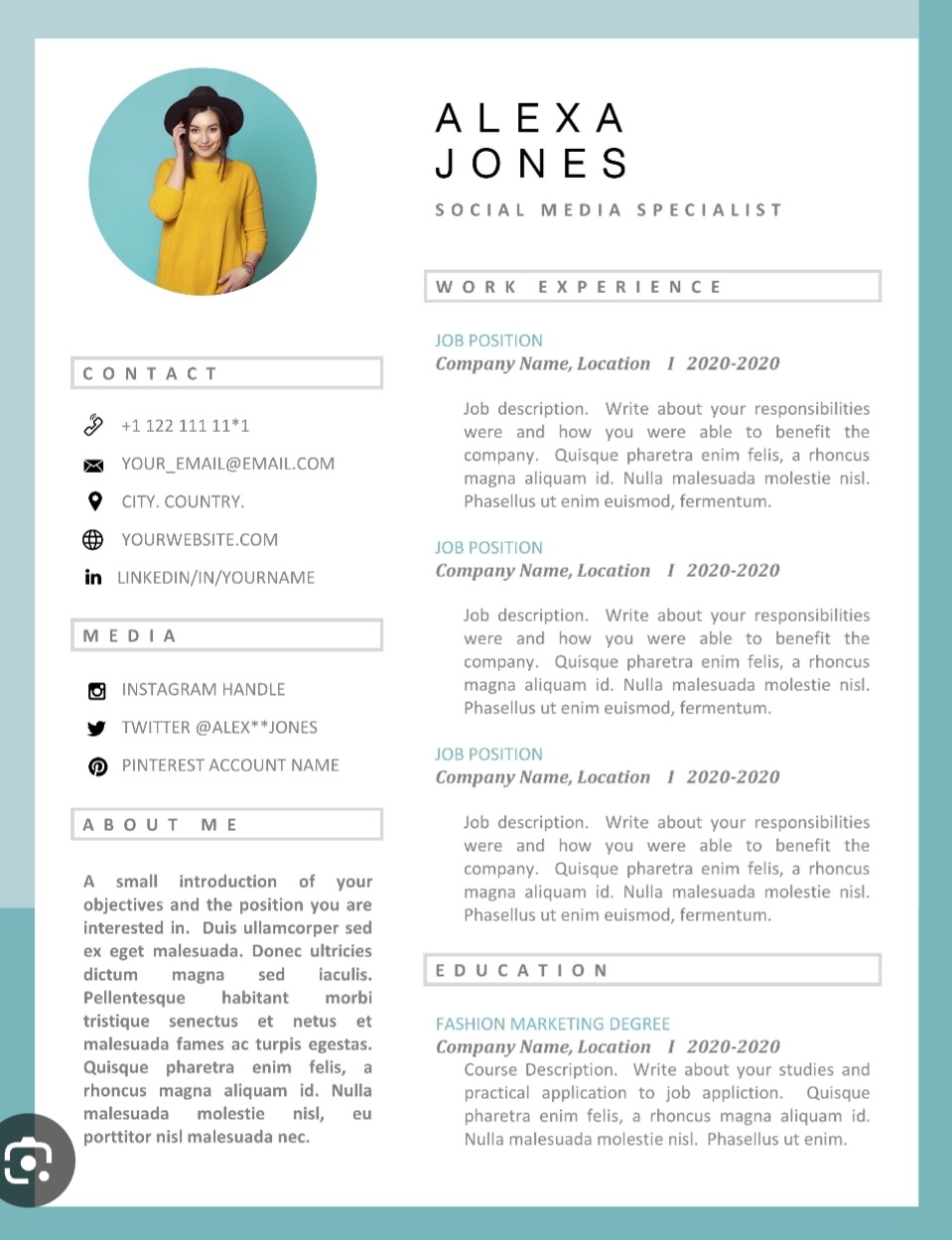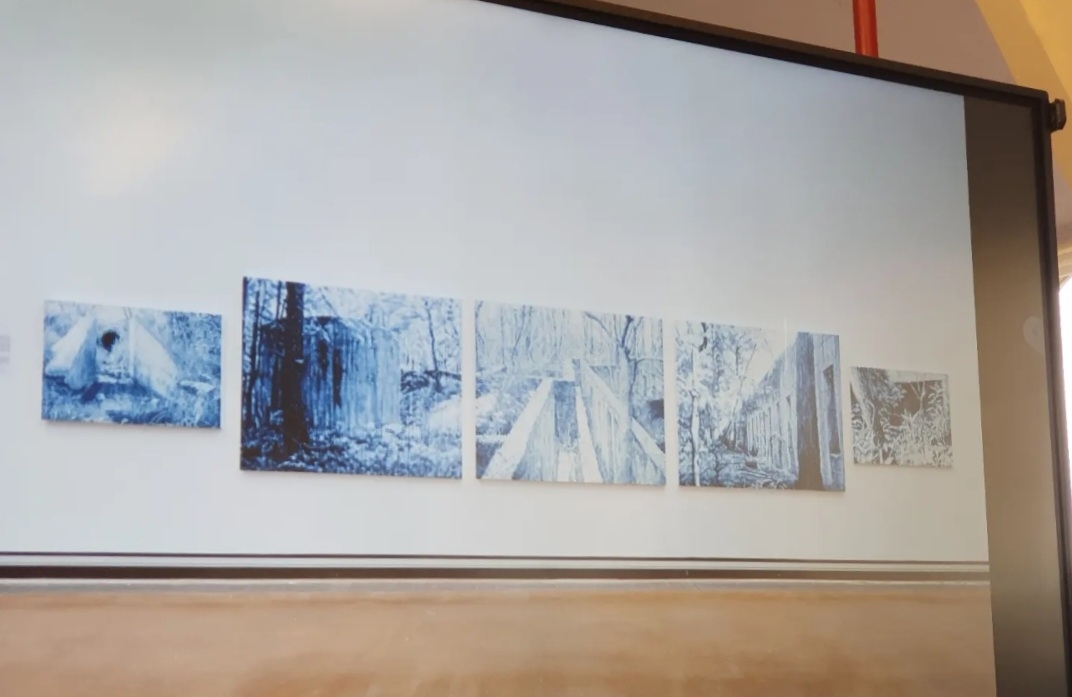Blog
-
Critical studies: Artist CV and statement
Artist statementBeth Hemus, June 2024I have tried many things over time, but I always return to art. Art is not a luxury for me, it’s an essential mechanism for exploring my humanity. And I need that. I think we all need that. I would rather be in dialogue than monologue about this, which is why I incorporate paradox and ambiguity in my work; to ask questions and make space for the audiences voice.My personal and professional experiences drove my emotional development, just as they drive my motivation to explore themes creatively; particularly trauma, mending and intimacy.Research on CV formats: -

Critical studies: Art development agencies
I have a fair amount of partner and practitioner experience with arts agencies across the East Midlands and feel confident in my ability to network, tender for, design and manage projects in this sector.
I have popped some links below as a memory job for more networking later this year. I would love to explore that kind of role again in tandem with my studies and will explore what paid and voluntary opportunities there might be.
-
Critical studies: Gallerys
I found this really helpful as I am keen to exhibit and also to collab in the local creative community including the set up of a studio/ gallery space in Nottingham. This information gave me loads to think about and I am going to investigate some of these venues and start networking in the coming year.
Made a note of all the local galleries for reference.
Also want to regularly be connecting with Art Quest:
-

Critical studies: Workshops and skill sharing
I have worked as an arts practitioner for 15 years throughout the Midlands, at both front line and management levels; and I really enjoyed it all.
For this reason, I feel really confident running workshops and it’s something I always try and keep my toe in.
I am delivering a handful of creative workshops at festivals over the summer, including a large scale nature loom session at Barefoot Festival.
-
Critical studies guest speaker: Kerry Dilks
Kerry is a locally based freelance illustrator with a a focus on children’s books. She focuses on the themes of family, friendship, imagination, connection, joy and creativity.She seems really authentic and tenacious and has a lot of affirmative advice on her blog about how translate your creative degree education into a full time job. -
Critical studies guest speaker: Mik Godley
Mik is a practising artist and a HE teacher, primarily teaching life drawing and painting, based in Nottingham.Hid most recent exhibition included work spanning 18 years that unfortunately was launched during lockdown: ‘Considering Silesia’ exhibited at The Attenborough Gallery in 2021.He started as an art student and then regularly went abroad to create large scales murals in Europe.He was inspired by his origin story and the origin story of his Mother, who came from Silesia. He experienced racism as a German speaking child at school and this also inspired him.Because there is a lack of information about the geographical area online, he started using Google earth to try and interpret the landscape. He enjoyed the limitations of the tech at the time and replicated the pixelated/ low res quality of images at the time.He uses a mixture of media but mainly paints.He likes using media that tells the whole story of his mark making like watercolour. There is no possibility to edit and do it is honest in that way.After talking with a friend who relayed what David Hockney was making using his ipad, he started painting and drawing using apps on his tablet and phone. He uses Procreate, Sketchbook and Concepts.These are sketches drawn of a mausoleum in Silesia created using a tablet and digital stylus.He uses Google street view to explore areas, zoom in and or crop landscapes and then paints them.He seems fascinated by WWII and the propaganda that infused the conflict. He has focused a lot of work researching the German Nazi mausoleum called Breslau that is now across the Polish border. It had been left to rewild and it completely screened by trees as the Polish government don’t want anything to do with the monument and the German War Graves commission are not allowed access. He sees this as a kind of propaganda itself, just pretending something doesn’t exist.He relates the conspiracy and propaganda techniques used in the 1940s to what’s happening today and is offering a lens on that. He’s passionate about this conversation.He also painted landscapes of the local area, having never painted a landscape before. So he was really testing the medium as well as how to use it to imply the image. He said it was a lot of fun doing this.He would create multiple versions of the same image to experiment and learn. This feels really free and I am inspired by this approach. It’s about uncontrived process, and leans into process.He also turned his attention to the people of the area, sourcing images from really interesting places like dating websites and escort agency websites.I like his freedom with the media he uses. How he allows the paint to express its natural quality on it’s ground. He’s really into mark making. It’s visibly affirmative making.He is communicating important political conversations. But he’s also clearly driven by fascination and joy. -
Critical studies guest speaker: Tristram Aver
Curator and artist, predominantly in Nottingham. Has worked hard to embed himself in the local artists and gallery space culture.Was impressed by the clear passion he has for his role and his knowledge in relevant fields.He spoke with enthusiasm about the contemporary artists that he’s worked with and the collections he’s been involved in curating; he’s worked locally and globally. He was frank about his successes and and also his frustrations, talking about logistical challenges he’s experienced in his roles.He talked about creative curation such as filling corridor spaces as below.He shared a lot of interesting information about the gallery spaces in the area, their history and how they have evolved.I related to his like for placing art in context so it looks like a part of the furniture. It creates ambiguity and a sense of curiosity.I particularly found his outdoor curation projects inspiring.

















.JPG)















